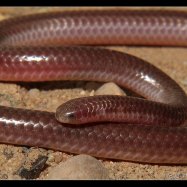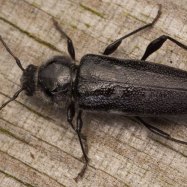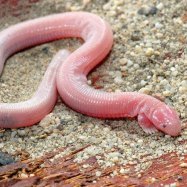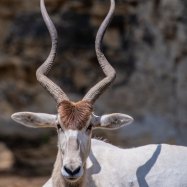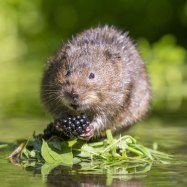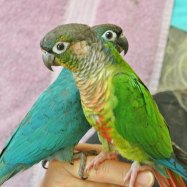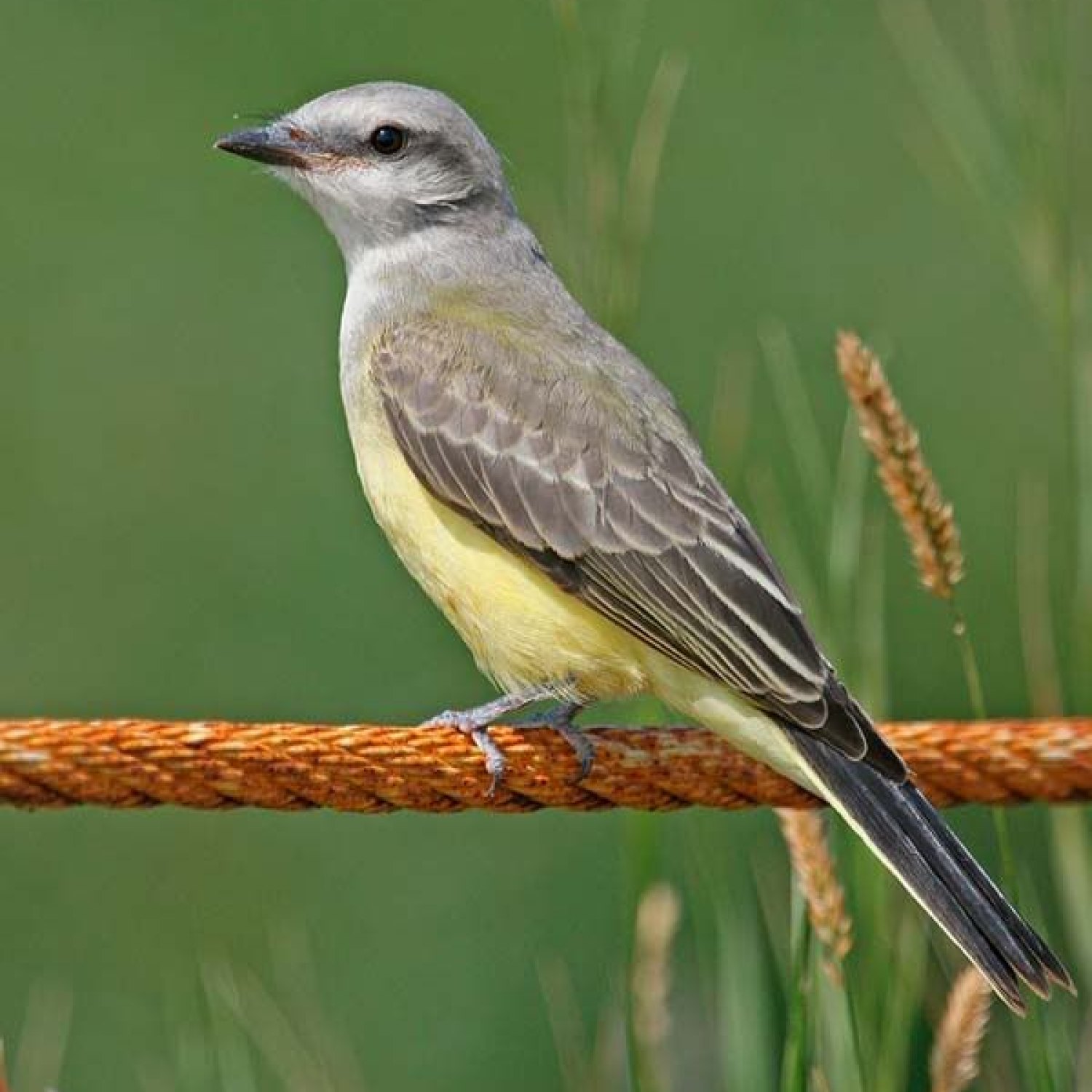
Western Kingbird
7-8 inches
The Western Kingbird, found in Western North America, is a medium-sized songbird with a stocky build. These striking birds can reach up to 7-8 inches in length and belong to the Tyrannidae family. They are known for their distinct vocalizations and impressive aerial acrobatics. Keep an eye out for this colorful species on your next hike or birdwatching trip! #WesternKingbird #Tyrannidae #Birdwatching
Animal Details Summary:
Common Name: Western Kingbird
Kingdom: Animalia
Habitat: Open woodlands, gardens, orchards, and grasslands
Welcome to the World of the Western Kingbird – The Mighty Songbird of Western North America
If you ever find yourself in Western North America, keep an eye out for a medium-sized bird with a strikingly yellow belly and a stocky build. This little bird is known as the Western Kingbird, and it is a powerful and skilled flyer. Despite its small size, it can fly up to speeds of 22-26 mph, making it one of the fastest birds in its habitat.But there's more to this beautiful bird than just its impressive speed Western Kingbird. Let's dive into the world of the Western Kingbird and discover all the amazing facts and features that make it one of the most fascinating creatures of Western North America.
Anatomy and Classification
The scientific name of the Western Kingbird is Tyrannus verticalis. It is a species of the genus Tyrannus, which translates to "king" in Greek – giving the bird its majestic name. The Western Kingbird belongs to the kingdom Animalia, the phylum Chordata, and the class Aves – all part of the taxonomic classification system used to categorize living organisms.As for its physical characteristics, the Western Kingbird is a medium-sized songbird with a stocky build. It measures around 7-8 inches in length and has a wingspan of around 12 inches. Its body is predominantly grayish olive on the upperparts and yellow on the underparts, with a darker gray head and a black tail. Its eyes are dark and its beak is small and pointed, perfect for catching insects while in flight.
Habitat and Distribution
The Western Kingbird is a migratory bird that can be found in various habitats across North and Central America Western Diamondback Rattlesnake. It is known to breed in open woodlands, gardens, orchards, and grasslands. During the non-breeding season, it can also be found in cities and towns, perching on top of buildings and trees.This impressive bird has a wide geographical distribution, spanning from the United States to Mexico. In the summer, it can be found in Western North America, including parts of California, Arizona, and New Mexico. As winter approaches, it migrates south, making its way to southern Mexico and Central America.
Diet and Feeding Method
The Western Kingbird is an insectivorous bird, which means it primarily feeds on insects. Its diet consists of a variety of insects, including grasshoppers, beetles, flies, and moths. It has a unique feeding method, known as "hawking." This involves perching on a high branch or wire, and then flying out to catch insects in mid-air.The bird's incredible flying abilities and sharp eyesight help it to spot and catch insects while in flight. Its strong beak and sharp claws make it easier to catch and consume its prey. The Western Kingbird is also known to feed on fruits and berries occasionally, especially during the winter months when insects may be scarce.
Behavior and Communication
The Western Kingbird is a highly social and vocal bird. During the breeding season, males can be seen perching on high points, such as tree branches or power lines, singing complex and melodious songs to attract females. These songs can be heard from a distance and are essential for communication and mating.This bird is also known for its territorial behavior, often defending its breeding territory from other birds and predators. It has a distinct call, a sharp "ki-ki-ki," which it uses to alert other birds of potential threats in the area. When confronted with predators, the Western Kingbird will fearlessly defend its nest and young.
Conservation Status
The Western Kingbird is not currently listed as an endangered species, but it faces threats from habitat loss and pesticide use. As humans continue to expand and develop land, the bird's natural habitat is being destroyed, making it difficult for them to find suitable areas to breed and feed.Additionally, pesticides used in agriculture can harm or kill insects, decreasing the bird's food supply. Conservation efforts are necessary to protect the Western Kingbird and its habitats, and individuals can help by supporting organizations and initiatives that focus on preserving natural habitats for birds and other wildlife.
Why We Should Care
The Western Kingbird may seem like just another bird in the vast world of animal species, but it plays a crucial role in the ecosystem. As an insectivorous bird, it helps keep insect populations in check, preventing them from becoming overabundant and causing damage to crops and plants.Moreover, these birds are crucial pollinators, transferring pollen from flower to flower as they feed on nectar. They also contribute to the spreading of seeds, helping plant growth and diversity. Without the Western Kingbird, the delicate balance of the ecosystem could be disrupted, leading to potential consequences for other living organisms.
Conclusion
The Western Kingbird is an amazing and vital part of Western North America's animal kingdom. From its impressive flying abilities and striking coloration to its unique feeding and communication methods, this bird has many outstanding features that make it an incredible creature to behold. But beyond its physical characteristics, the Western Kingbird plays a significant role in the ecosystem and serves as a reminder of the interconnectivity of all living things.As we continue to learn and appreciate more about the Western Kingbird and other animal species, it becomes increasingly crucial to protect and preserve their habitats. Let's all make a conscious effort to support conservation efforts and ensure that these magnificent creatures continue to thrive in the wild for generations to come.

Western Kingbird
Animal Details Western Kingbird - Scientific Name: Tyrannus verticalis
- Category: Animals W
- Scientific Name: Tyrannus verticalis
- Common Name: Western Kingbird
- Kingdom: Animalia
- Phylum: Chordata
- Class: Aves
- Order: Passeriformes
- Family: Tyrannidae
- Habitat: Open woodlands, gardens, orchards, and grasslands
- Feeding Method: Insectivorous
- Geographical Distribution: North and Central America
- Country of Origin: United States and Mexico
- Location: Western North America
- Animal Coloration: Grayish olive on the upperparts and yellow on the underparts
- Body Shape: Medium-sized songbird with a stocky build
- Length: 7-8 inches
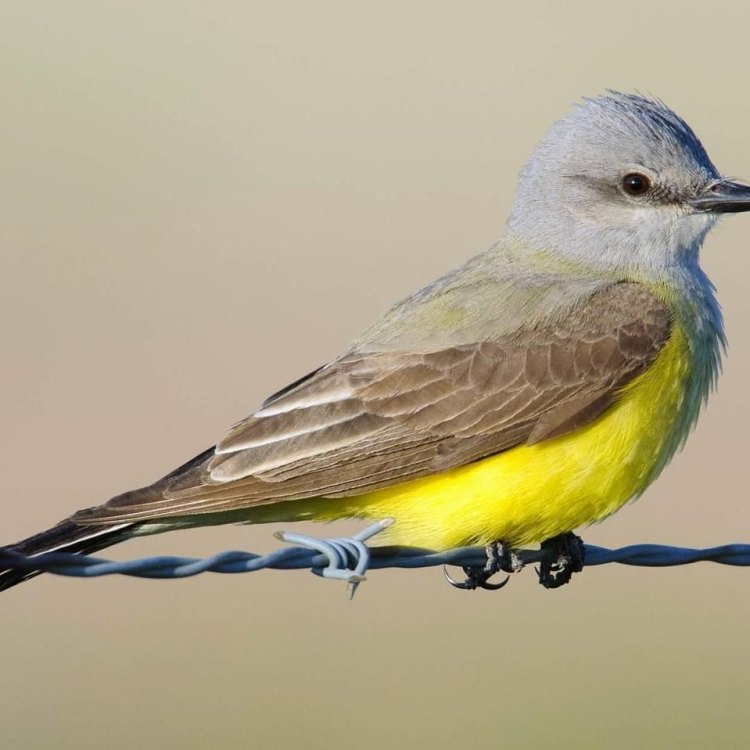
Western Kingbird
- Adult Size: Medium-sized
- Average Lifespan: 2-5 years
- Reproduction: They are monogamous
- Reproductive Behavior: Builds a cup-shaped nest in a tree or shrub
- Sound or Call: A series of loud and sharp 'kip' or 'tsip' notes
- Migration Pattern: Migratory
- Social Groups: Solitary or in small family groups during breeding season
- Behavior: Aggressive and territorial during breeding season
- Threats: Habitat loss
- Conservation Status: Least Concern
- Impact on Ecosystem: Controls insect populations
- Human Use: N/A
- Distinctive Features: Yellow belly and a black tail with white outer feathers
- Interesting Facts: They are known for their aerial acrobatics while catching insects
- Predator: Birds of prey and snakes
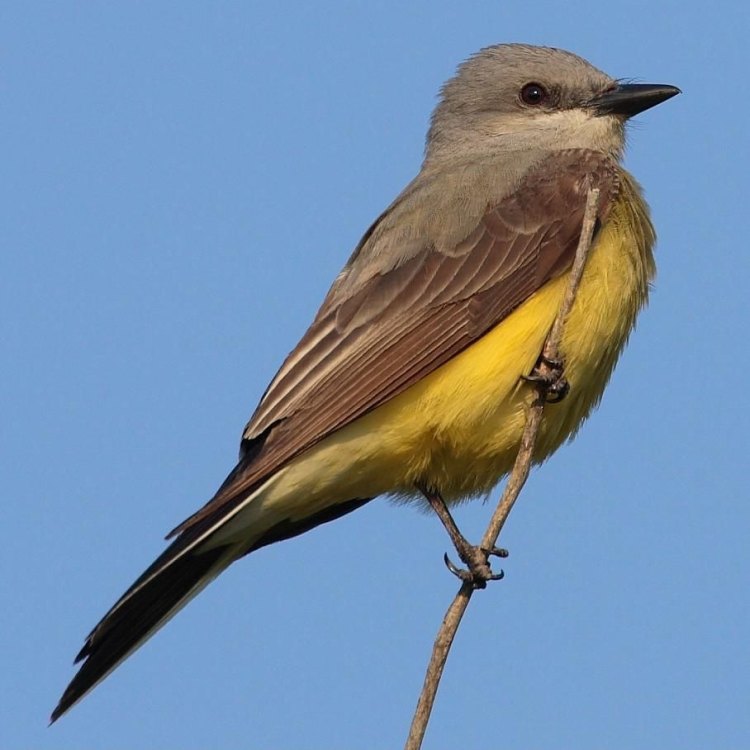
Tyrannus verticalis
The Magnificent Flier: Discovering the Unique Features of the Western Kingbird
Nature is full of amazing creatures that fascinate and captivate us with their beauty, survival instincts, and unique characteristics. One such fascinating bird is the Western Kingbird, a medium-sized member of the tyrant flycatcher family. With its distinct and vibrant appearance, this magnificent flier is a sight to behold. But what sets the Western Kingbird apart from other birds? Let's dive into the world of this avian species and discover its unique features, behavior, and impact on the ecosystem PeaceOfAnimals.Com.The Adult Size and Average Lifespan of the Western Kingbird
The Western Kingbird is a medium-sized bird, measuring around 8 inches in length and weighing between 1.3 to 1.5 ounces. It has a relatively long tail and broad wings, making it an excellent flier. These physical features allow the Western Kingbird to maneuver with ease while hunting for prey.In terms of lifespan, Western Kingbirds have an average lifespan of 2-5 years in the wild. However, some individuals have been known to live up to 9 years. The highest recorded age for a Western Kingbird was 12 years and 8 months, making it an exceptional case among its species.
Reproduction and Reproductive Behavior
The Western Kingbird is a monogamous bird, meaning they mate for life and only have one partner during the breeding season Wheaten Terrier. They usually form pairs in their first year and continue to stay together as long as both are alive. During the breeding season, which typically lasts from May to August, the Western Kingbird engages in various courtship rituals, such as singing and displaying its distinct features to attract a mate.Once a pair is formed, the Western Kingbirds build a cup-shaped nest in a tree or shrub, using materials such as twigs, grass, and feathers. They are quite particular about their nest's location and build it in an open area to keep a watchful eye on potential predators. The male and female both take turns incubating the eggs, which usually hatch in about two weeks.
The Sound or Call of the Western Kingbird
One of the most distinctive features of the Western Kingbird is its loud and sharp calls. It produces a series of 'kip' or 'tsip' notes, which can be heard from a considerable distance. These calls serve as a means of communication between mates, parents and offspring, and also as a warning signal to other birds of its presence in the territory.When threatened, the Western Kingbird may also produce a harsh and rapid 'chatter' to intimidate and ward off predators. Its vocal range and ability to produce different sounds make it a unique and fascinating bird to observe.
The Migration Pattern and Behavior of the Western Kingbird
The Western Kingbird is a migratory bird, spending the summer breeding months in North America's western regions, including Alaska, Canada, and the United States, and migrating to Central and South America during the winter months. Its migration pattern is similar to other flycatcher species, with most individuals migrating along the Gulf Coast and crossing over to Central America.During the breeding season, the Western Kingbird is a solitary bird or forms small family groups with its mate and offspring. However, they can be quite aggressive and territorial, especially when defending their nests from intruders. They are known to engage in aerial battles with other birds, such as crows and gulls, who may pose a threat to their territory.
Threats and Conservation Status
Like many other bird species, the Western Kingbird faces threats from various human activities, mainly habitat loss. As human populations continue to expand and develop, the Western Kingbird's natural habitat, which includes open fields and grasslands, is being destroyed. This has negatively affected their breeding and nesting areas, leading to a decline in their population.Despite these threats, the Western Kingbird is currently listed as Least Concern on the International Union for Conservation of Nature (IUCN) Red List. This means that although their population is declining, it is not significant enough to classify them as a threatened species. However, continued conservation efforts and raising awareness are crucial to ensure their survival in the coming years.
The Impact on the Ecosystem
The Western Kingbird plays a vital role in the ecosystem as a natural insect controller. As an insectivore, it feeds primarily on flying insects, such as flies, wasps, and bees. With their aerial acrobatics and keen hunting skills, they can help control insect populations, which, if left unregulated, can have adverse effects on crops and other plants.Moreover, Western Kingbirds are also significant pollinators. They play a crucial role in pollination by transferring pollen from one plant to another as they feed on nectar and insects. This helps in maintaining a healthy and diverse plant community, making them an essential component of the ecosystem.
Distinctive Features and Interesting Facts about the Western Kingbird
Aside from its distinctive vocalizations, the Western Kingbird has some unique physical characteristics that make it stand out from other birds. It has a bright yellow belly and a black tail with white outer feathers, giving it a striking appearance. This yellow and black coloration also helps in identifying the Western Kingbird from other flycatcher species.Interestingly, Western Kingbirds are known for their remarkable aerial acrobatics while catching insects. They can hover in mid-air and make sudden twists and turns to catch their prey, making them a delight to watch. They are also known to hunt cooperatively, with multiple individuals coordinating their movements to catch a single insect. This cooperative hunting behavior is rare among birds.
Predators of the Western Kingbird
Being a medium-sized bird, the Western Kingbird faces threats from various predators, including birds of prey like hawks and falcons, and snakes. These predators can attack their nests, eggs, or young, making it crucial for the Western Kingbird to be vigilant and fiercely defend their territory.In Conclusion
In conclusion, the Western Kingbird is a magnificent bird with unique and fascinating features. From its striking appearance and distinctive vocalizations to its aerial acrobatics, cooperative hunting behavior, and important role in the ecosystem, this bird continues to amaze and captivate us. However, with the ongoing threats to its habitat, it is our responsibility to ensure the preservation and conservation of this remarkable species for future generations to enjoy. So let's continue to learn more about the Western Kingbird and appreciate its beauty and importance in our environment.
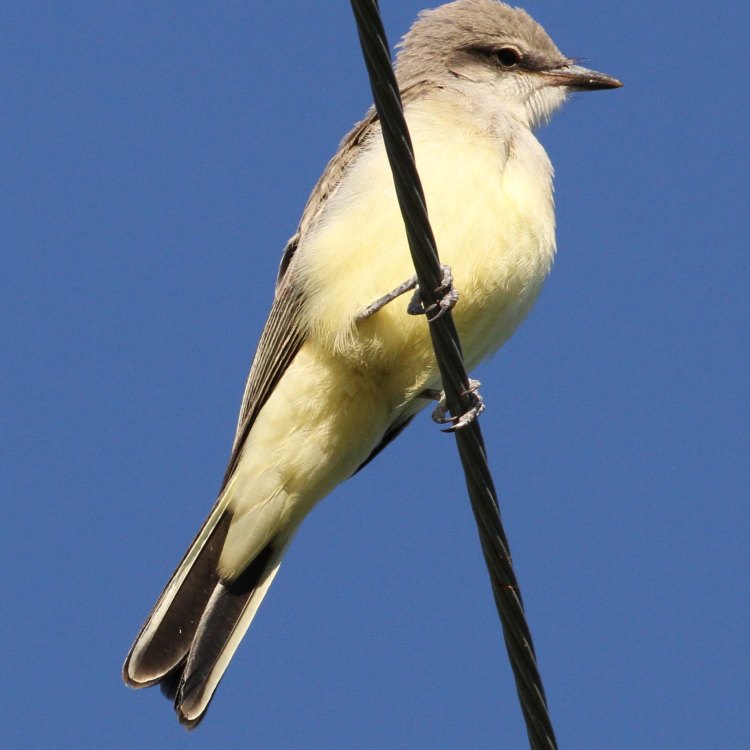
Welcome to the World of the Western Kingbird – The Mighty Songbird of Western North America
Disclaimer: The content provided is for informational purposes only. We cannot guarantee the accuracy of the information on this page 100%. All information provided here may change without prior notice.


